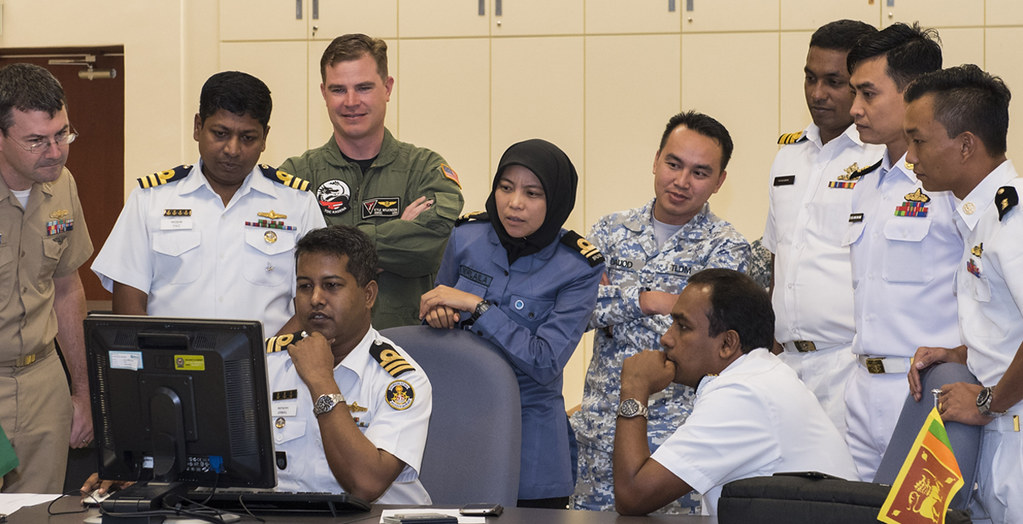By: Aaron Mehta
WASHINGTON — In rolling out his strategy for Afghanistan on Aug. 21, U.S. President Donald Trump made clear that a change in the relationship with Pakistan is in the cards.
But regional experts warn that any change in Washington’s posture to Islamabad will impact two regional powers — China, America’s greatest rival in the Pacific, and India, an increasingly vital ally — that are currently feuding over a border dispute.
Alice Hunt Friend, an Obama-era senior adviser to the deputy undersecretary of defense for strategy, plans and forces and country director for Pakistan, calls the region “a conundrum,” adding, “This is a Gordian Knot,” in part, because of the necessity to factor in China and India for any big picture strategy.
One attention-grabbing facet of Trump’s speech was a public call for India to take on a broader role in Afghanistan.
“We appreciate India’s important contributions to stability in Afghanistan, but India makes billions of dollars in trade with the United States, and we want them to help us more with Afghanistan, especially in the area of economic assistance and development,” Trump said.
Friend, now with the Center for Strategic and International Studies, believes that such a call could, to Pakistan, sound like a threat to their longtime goal of “strategic depth” — essentially the idea that Pakistan cannot let itself be encircled by India in the south and an Indian-affiliated government in Afghanistan to the north.
The U.S. has historically been careful about balancing a desire for more Indian support in Afghanistan with Pakistan’s concerns, she said, which resulted in Indian funds being directed more towards economic and public development rather than military projects.
It’s unclear if that is set to change, but Trump’s India comments will likely not be received well in Islamabad, Vipin Narang, a regional expert who teaches at MIT, predicts.






























